When it comes to appearance, the Elephant Ear Philodendron lives up to its name. This stunning plant features large, ear-shaped leaves that bear a striking resemblance to those of an elephant. The size of the leaves can vary, with some reaching impressive dimensions. Whether deeply lobed, ruffled, or smooth, these foliage wonders never fail to catch the eye.
Appearance of Elephant Ear Philodendron
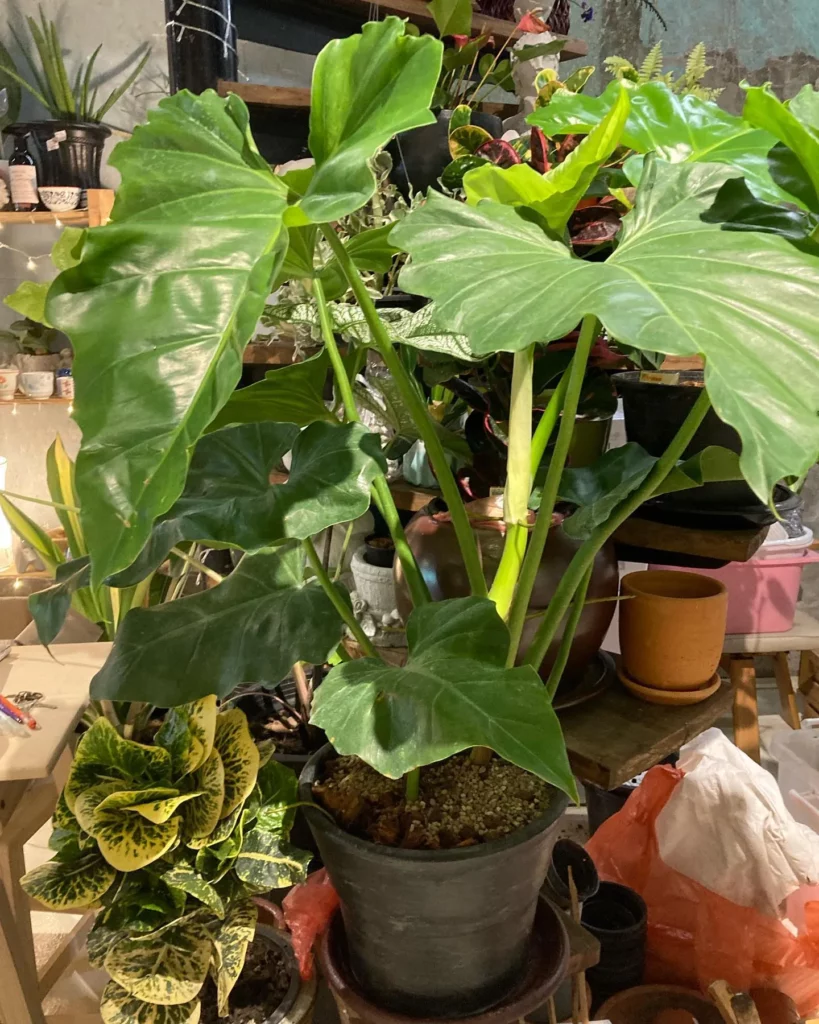
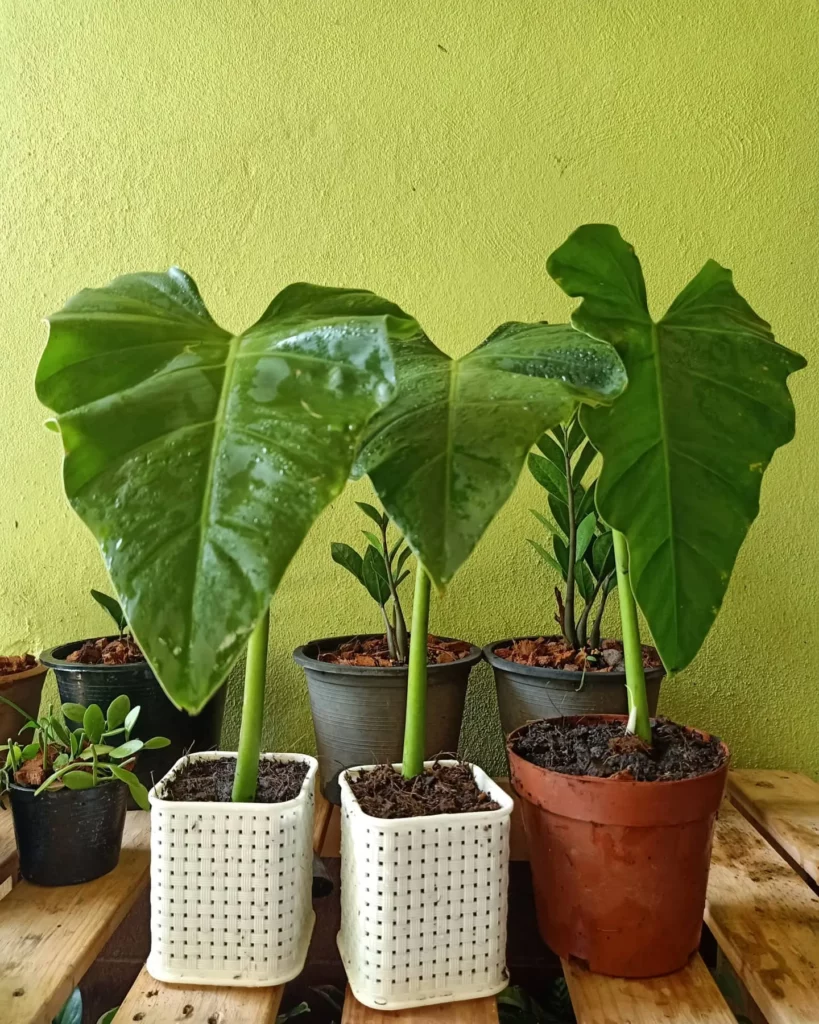
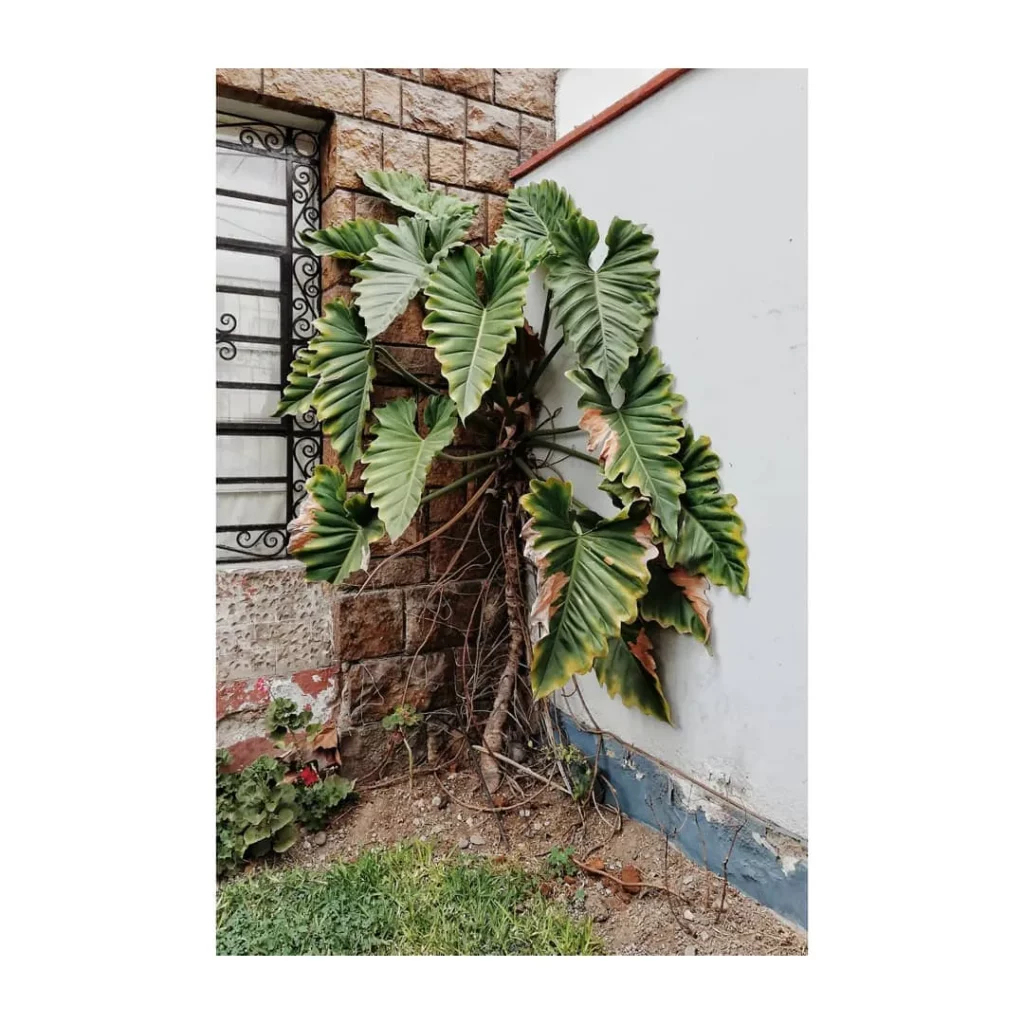
Elephant Ear Philodendrons come in a variety of colors and shades of green, adding to their visual allure. From vibrant greens to darker hues, the leaf palette offers a range of options to suit any taste. Whether you prefer a pop of color or a more understated look, there is a Elephant Ear Philodendron variety that will speak to your aesthetic sensibilities.
Light Requirements for Elephant Ear Philodendron
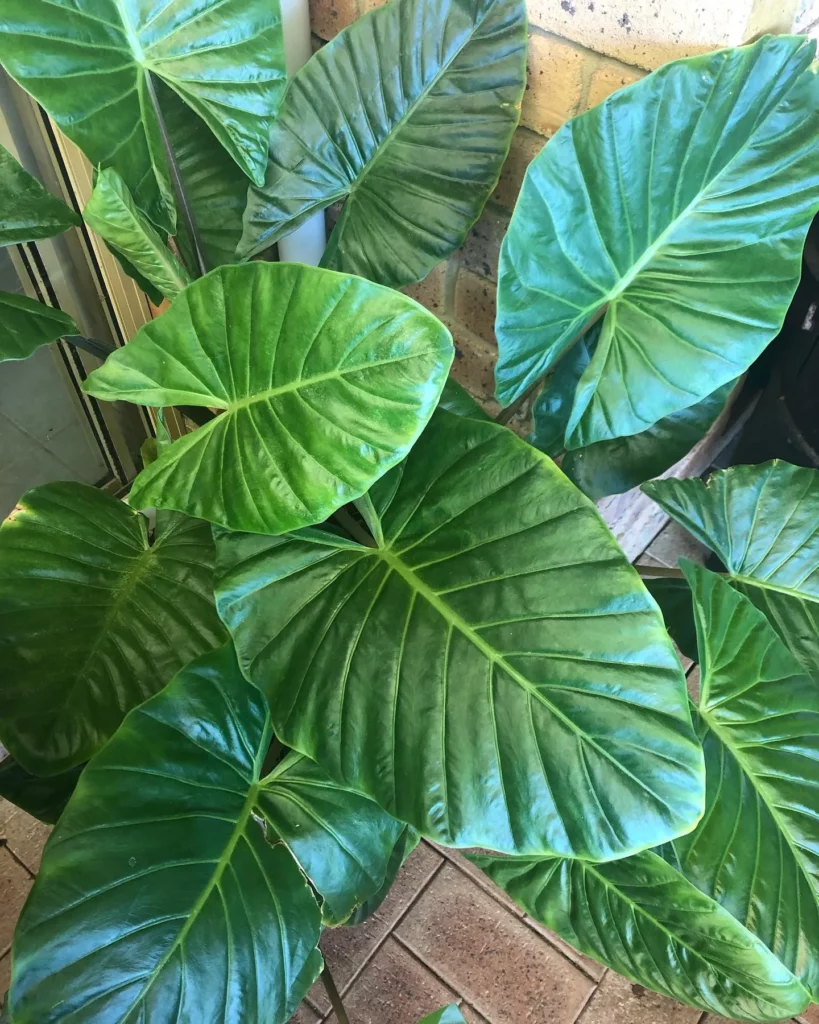
Proper lighting is essential for the healthy growth of your Elephant Ear Philodendron. This tropical plant thrives in bright indirect light, which mimics the dappled sunlight it would receive in its natural habitat.
To provide the ideal lighting conditions, place your Elephant Ear Philodendron near a south- or east-facing window. This will allow it to receive ample sunlight without being exposed to direct rays that can scorch its leaves. If your windows don’t provide enough bright, indirect light, you can also consider using artificial grow lights specially designed for houseplants.
It’s important to note that insufficient light can negatively affect the overall appearance and health of your Elephant Ear Philodendron. Inadequate light can cause the leaves to become pale and limp, hindering its growth and vitality.
No products found.
During the hottest part of the day, it’s advisable to provide some shade or filter the light to prevent excessive exposure. This can be achieved by using sheer curtains or placing the plant slightly away from the window.
Watering Elephant Ear Philodendron
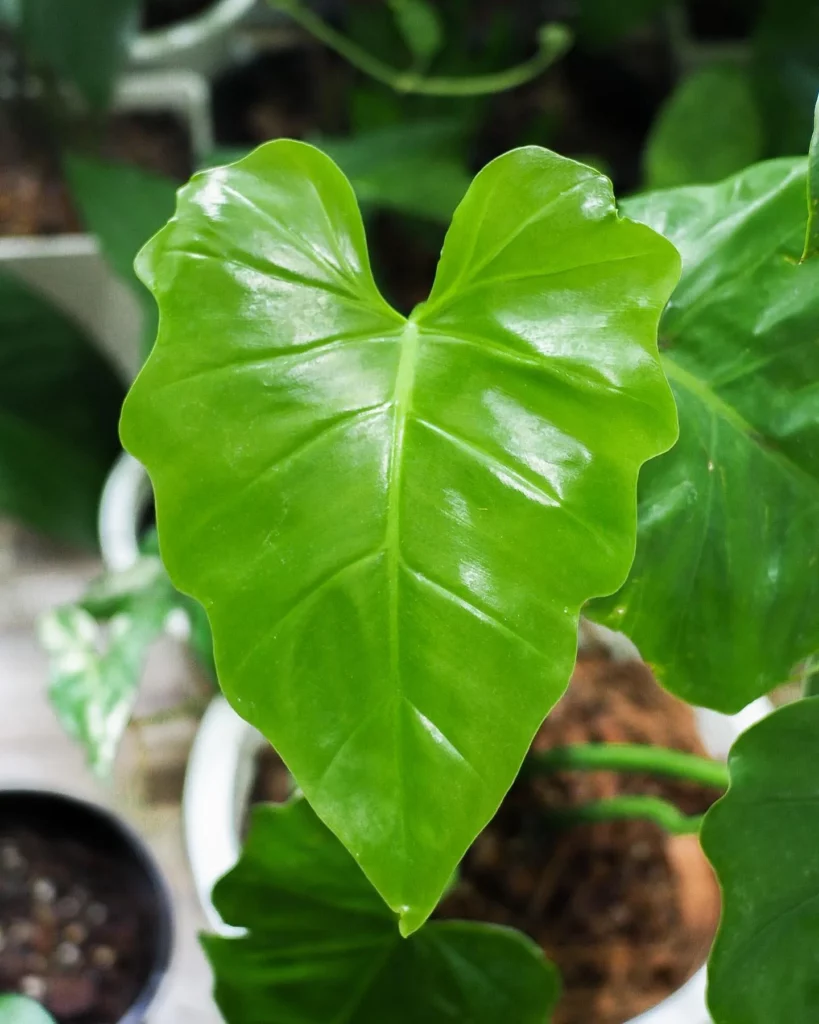
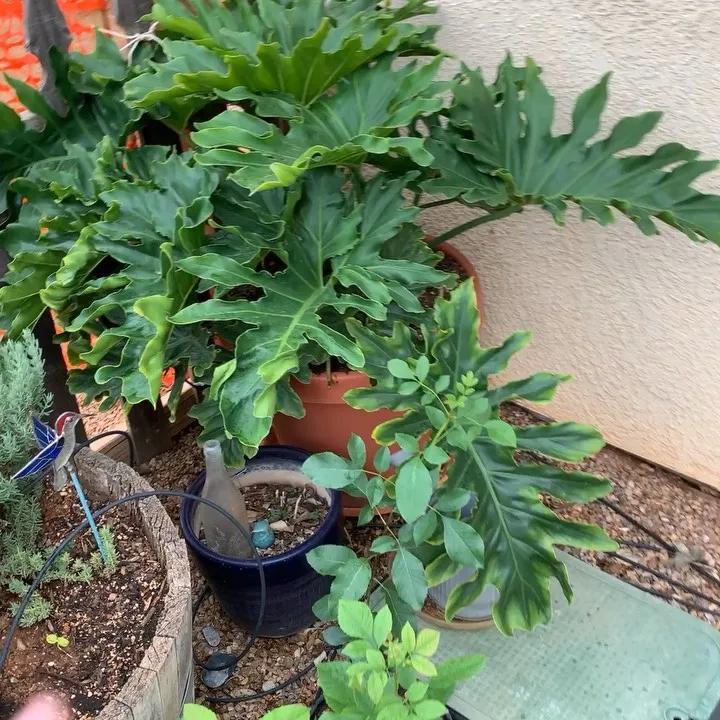
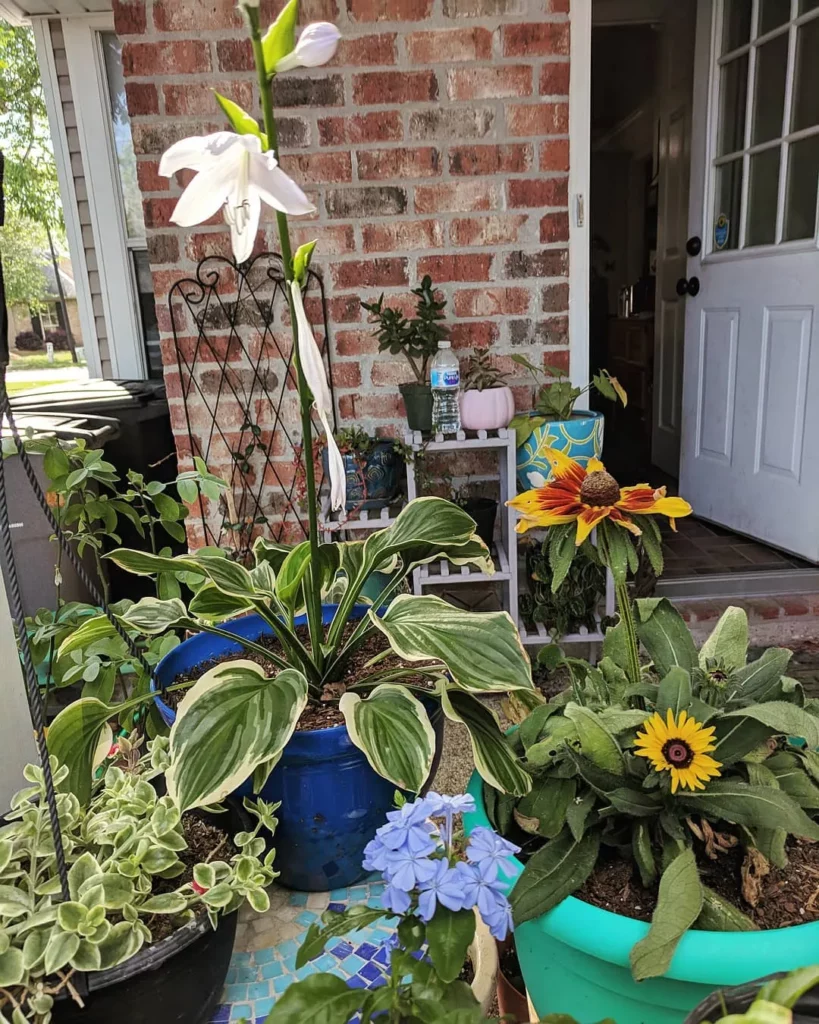
Proper watering is crucial for the health and well-being of your Elephant Ear Philodendron. To ensure optimal growth and prevent issues such as root rot, it’s important to monitor the soil moisture levels.
Here are some key tips for watering your Elephant Ear Philodendron:
- Check the soil: Before watering, always check the top two inches of soil. If it feels dry to the touch, it’s time to water your plant. Avoid watering if the soil is still moist, as overwatering can be detrimental to the plant’s health.
- Be mindful of environmental conditions: Environmental factors such as temperature and humidity can influence the frequency of watering. During hotter and drier conditions, you may need to water your Elephant Ear Philodendron more frequently to maintain appropriate moisture levels.
- Drainage is essential: Ensure that the pot your plant is in has proper drainage holes. Well-draining soil and adequate drainage help prevent water from pooling at the bottom of the pot, which can lead to root rot.
- Water thoroughly: When watering, make sure to moisten the soil evenly. Slowly pour water onto the soil until it begins to seep out of the drainage holes. This ensures that the water reaches the plant’s roots effectively.
- Observe your plant: Pay attention to your Elephant Ear Philodendron’s foliage. If the leaves start to wilt or droop, it may be a sign of underwatering. On the other hand, if the leaves turn yellow or show signs of mushiness, it could indicate overwatering.
No products found.
Fertilizing Elephant Ear Philodendron
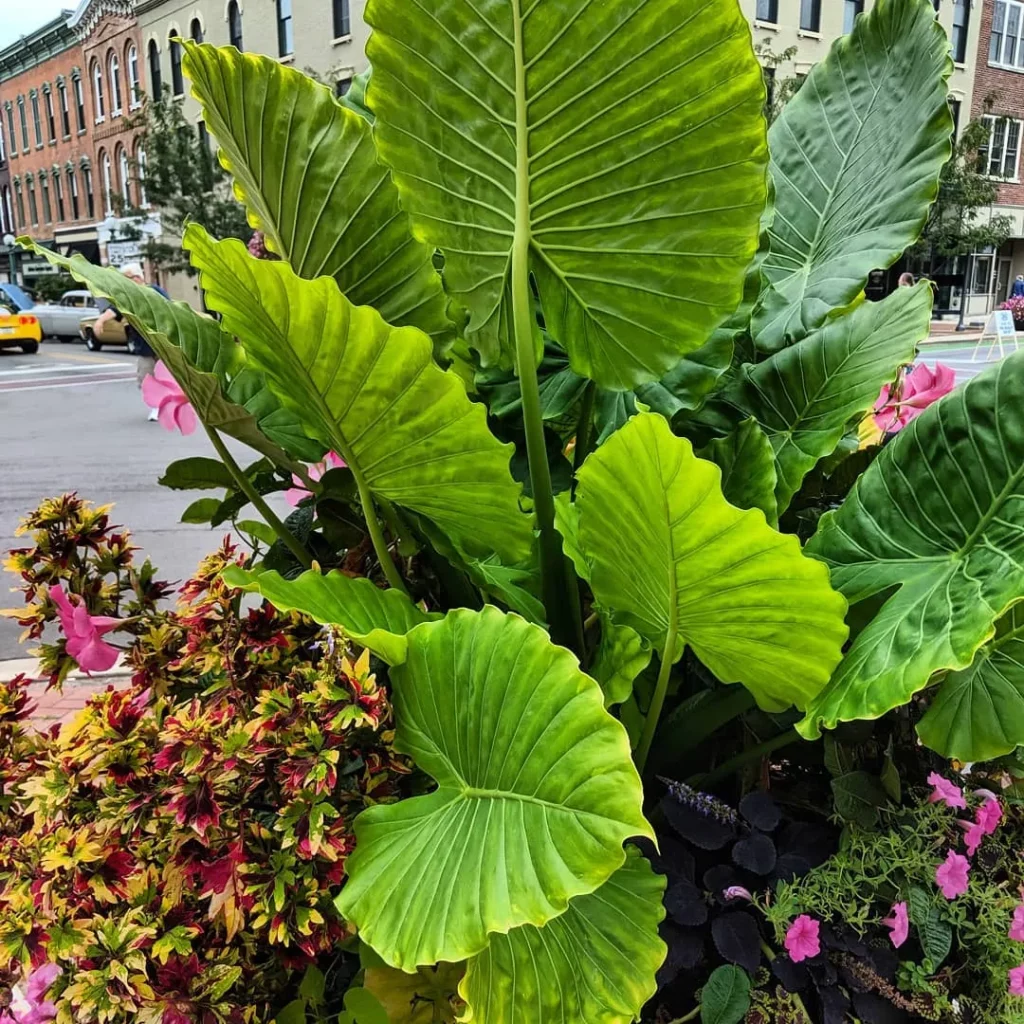
Elephant Ear Philodendron, like any other plant, benefits from regular fertilization to ensure optimal growth and health. Fertilizing this tropical beauty is especially important during the growing season, which typically spans from spring to summer.
When it comes to fertilizing Elephant Ear Philodendron, a balanced liquid fertilizer is a great choice. This type of fertilizer provides essential nutrients in a form that is easily absorbed by the plant’s roots. It ensures a steady supply of nitrogen, phosphorus, and potassium, which are crucial for new growth and overall plant vigor.
To maintain a balanced nutrient intake and support healthy foliage development, it is recommended to apply the liquid fertilizer every two weeks. This regular feeding schedule helps ensure that the plant receives a consistent supply of nutrients throughout its active growing period.
During the winter months, it is important to refrain from fertilizing Elephant Ear Philodendron. This is because the plant naturally goes into a dormant phase during this time, and extra nutrients are not necessary. Resting during the winter allows the plant to conserve energy and prepare for new growth in the following spring.
Potting Elephant Ear Philodendron
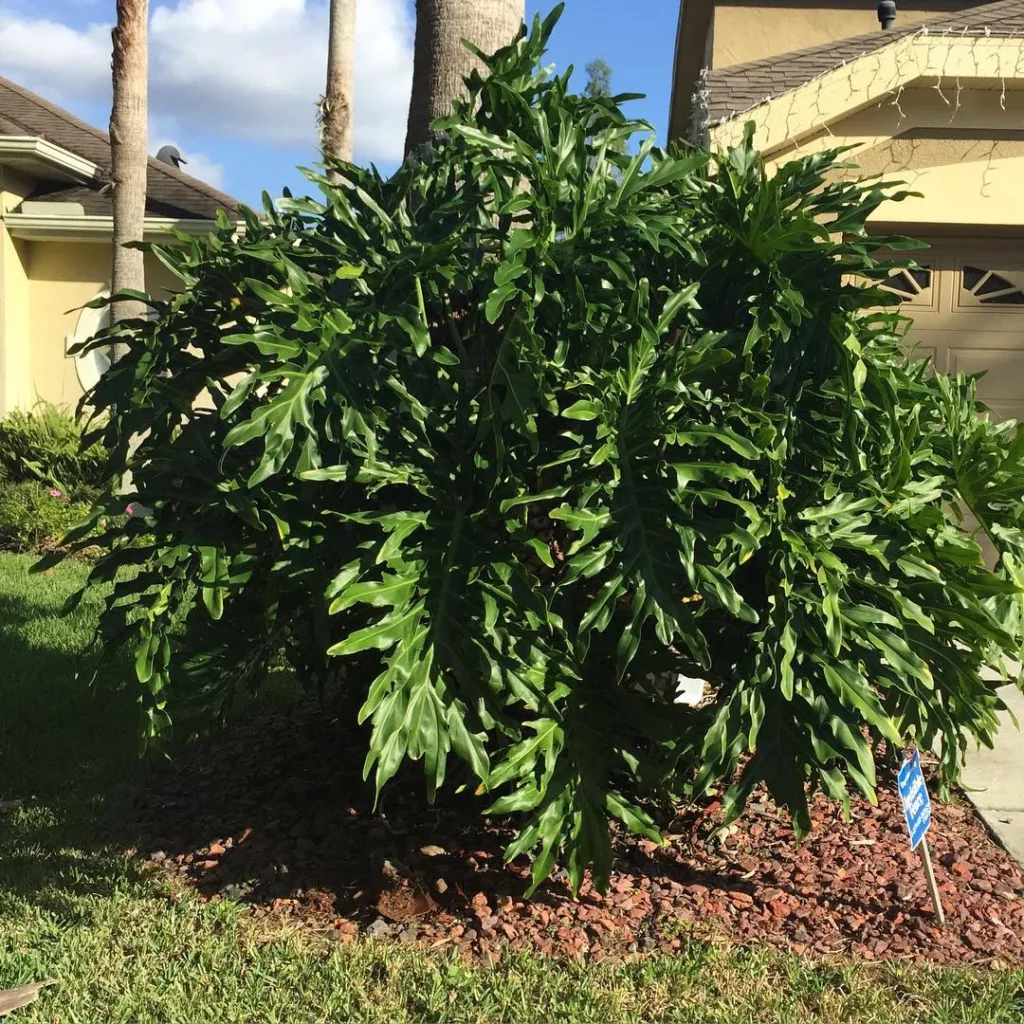
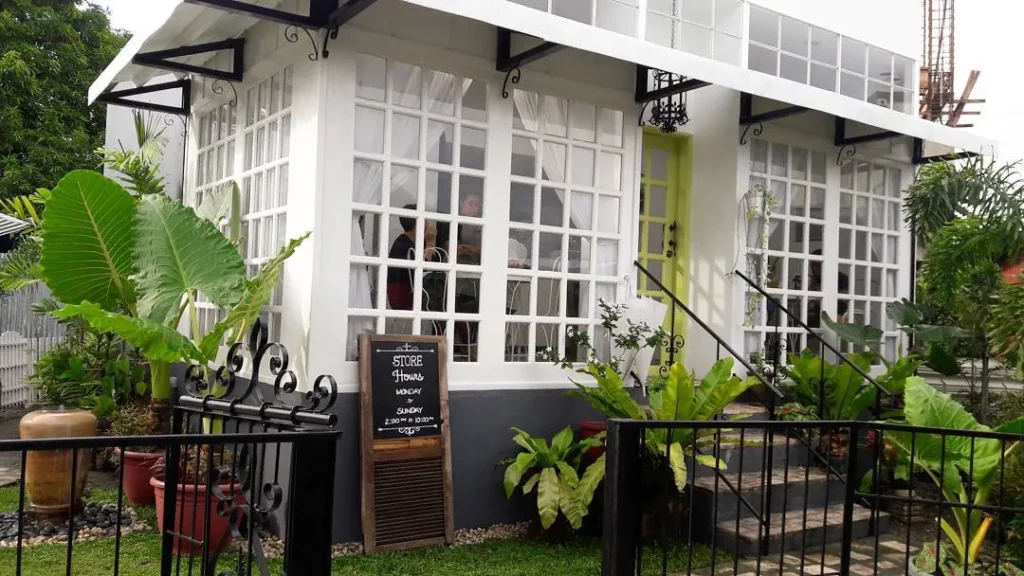
Proper potting is essential for the growth and health of your Elephant Ear Philodendron. Here’s a step-by-step guide to potting your plant:
- Choose the right pot: Select a pot that is one size larger than the current one. This will allow room for the plant’s roots to spread and grow.
- Use a well-draining potting mix: It’s important to use a well-draining potting mix to prevent waterlogging. This will help prevent root rot and promote healthy growth.
- Prepare the pot: Ensure the pot has drainage holes at the bottom to allow excess water to escape. Cover the drainage holes with small stones or a mesh screen to prevent soil from clogging the holes.
- Remove the plant from its current pot: Gently loosen the soil around the plant and carefully remove it from its current pot. Be careful not to damage the roots.
- Prepare the new pot: Place a layer of fresh potting mix at the bottom of the new pot.
- Position the plant: Position the Elephant Ear Philodendron in the new pot, ensuring that it sits at the same depth as it was in the previous pot.
- Fill in with potting mix: Fill in the empty spaces around the plant with more potting mix, gently pressing it down to support the plant.
- Water thoroughly: After potting, water the plant thoroughly to settle the soil and ensure moisture reaches the roots.
- Monitor moisture levels: Check the moisture levels regularly and water the plant when the top few inches of soil feel dry.
No products found.
Propagation of Elephant Ear Philodendron
Elephant Ear Philodendron can be propagated through division or by using tubers.
- Division: To propagate through division, start by selecting a healthy clump of the plant. Carefully separate the clump into smaller sections, making sure each section has at least one growth node. This is where new roots and leaves will emerge from. Plant each divided section in its own pot with well-draining potting mix and provide proper care to encourage growth and establishment.
- Tubers: Propagating Elephant Ear Philodendron using tubers involves cutting the tuber into pieces. Each piece should have a growth node, which is essential for new growth to emerge. Plant the tuber pieces in separate pots with well-draining potting mix, ensuring that the growth nodes are facing upward. Provide proper care and conditions to facilitate the growth of new plants.
Growth and Development of Elephant Ear Philodendron
Elephant Ear Philodendron is a fast-growing plant that can reach impressive heights and widths. With proper care, it can develop large, lush foliage and a full, tropical appearance. The growth rate may vary depending on factors such as light, water, and fertilization.
Here are some key points to consider:
- Light: Elephant Ear Philodendron thrives in bright indirect light. Placing it near a south- or east-facing window will provide the necessary sunlight for healthy growth.
- Watering: Ensure the top two inches of soil feel dry before watering. Overwatering can lead to root rot, so maintaining proper soil moisture is essential.
- Fertilization: Regular fertilization during the growing season (spring and summer) with a balanced liquid fertilizer will promote new growth.
- Pruning: Regular pruning helps maintain the plant’s shape and removes any dead or damaged leaves. It also encourages bushier growth.
Pests and Diseases of Elephant Ear Philodendron
While Elephant Ear Philodendron is generally resilient to pests and diseases, it is not entirely immune to infestations and infections. Regular inspection and proper care are essential to maintain the plant’s health and prevent any potential issues.
Pests
The most common pests that can affect Elephant Ear Philodendron include:
- Spider mites: These tiny pests can cause stippling on the leaves and create webbing.
- Thrips: These insects feed on the plant’s foliage and can cause leaf discoloration and distortion.
Diseases
In terms of diseases, Elephant Ear Philodendron can be susceptible to root rot and fungal infections. These can be caused by overwatering or poor drainage.
To prevent these issues, ensure that the plant is potted in a well-draining potting mix and that the pot has proper drainage holes. Water the plant only when the top two inches of soil feel dry, avoiding excessive moisture. Additionally, avoid wetting the leaves during watering, as this can create a favorable environment for fungal growth.
Overwintering Elephant Ear Philodendron
In colder climates where temperatures drop below the plant’s tolerance range, overwintering Elephant Ear Philodendron is essential to protect it from frost damage. There are two primary methods to overwinter this tropical plant – digging up the tubers and storing them or bringing the plant indoors.
- Digging up the tubers: Before the first frost, carefully dig up the Elephant Ear Philodendron tubers, making sure to preserve their roots. Shake off any excess soil and store the tubers in a cool and dry place, such as a basement or garage. Place them in a container filled with dry peat moss or vermiculite to prevent them from drying out.
- Bringing the plant indoors: Another option is to bring your Elephant Ear Philodendron indoors and provide it with the suitable conditions for overwintering. Choose a warm room with bright indirect light, such as near a south-facing window. Keep in mind that the plant may require some acclimation to indoor conditions, so gradual transition is recommended.
During the winter months, it’s important to reduce watering as the plant enters a dormant state. Only water sparingly when the soil is completely dry to prevent root rot. Proper indoor care, including maintaining stable temperatures, humidity, and providing sufficient light, will help ensure the tubers remain healthy and dormant until the following spring.
Conclusion: Care Guide for Thriving Elephant Ear Philodendron
Elephant Ear Philodendron, with its stunning and tropical foliage, is a beautiful addition to any indoor space. This low-maintenance houseplant can thrive when provided with the proper care and attention. By following the care tips outlined in this guide, you can ensure that your Elephant Ear Philodendron continues to thrive and display its eye-catching leaves.
When caring for your Elephant Ear Philodendron, remember to consider essential factors such as light, water, fertilization, potting, propagation, and pest or disease prevention. Providing bright indirect light, watering when the top soil is dry, regular fertilization during the growing season, and using a well-draining potting mix are crucial for its healthy growth.
Additionally, proper propagation techniques and regular inspection for pests or diseases are important to maintain the overall well-being of your plant. With these care practices in place, your Elephant Ear Philodendron will flourish and become a stunning focal point in your home or garden.
FAQ
What is Elephant Ear Philodendron?
Elephant Ear Philodendron, also known as colocasia, is a popular and easy-to-care-for houseplant characterized by its large foliage and tropical appearance.
What does Elephant Ear Philodendron look like?
Elephant Ear Philodendron gets its name from its large, ear-shaped leaves that resemble those of an elephant. The leaves come in various sizes, shapes, and colors, ranging from vibrant to darker shades of green.
What are the light requirements for Elephant Ear Philodendron?
Elephant Ear Philodendron prefers bright indirect light and should be placed in a spot near a south- or east-facing window to receive ample sunlight. It’s best to provide filtered light or shade during the hottest part of the day to avoid leaf scorching.
How often should I water Elephant Ear Philodendron?
Elephant Ear Philodendron should be watered when the top two inches of soil feel dry. It’s important to maintain adequate moisture levels without overwatering to prevent root rot. The frequency of watering may vary depending on environmental conditions.
How should I fertilize Elephant Ear Philodendron?
Elephant Ear Philodendron benefits from regular fertilization during the growing season (spring and summer). A balanced liquid fertilizer can be applied every two weeks to provide essential nutrients. Avoid fertilizing during the winter months when the plant is dormant.
How often should I repot Elephant Ear Philodendron?
Elephant Ear Philodendron should be repotted every two to three years or when the roots become crowded in the pot. Use a pot that is one size larger than the current one and a well-draining potting mix to promote healthy growth.
How can I propagate Elephant Ear Philodendron?
Elephant Ear Philodendron can be propagated through division or by using tubers. Division involves separating a healthy clump into smaller sections, each with at least one growth node. Tubers can be cut into pieces, ensuring each piece has a growth node, and then planted to grow new plants.
How fast does Elephant Ear Philodendron grow?
Elephant Ear Philodendron is a fast-growing plant that can reach impressive heights and widths. The growth rate may vary depending on factors such as light, water, and fertilization. Regular pruning can help maintain the plant’s shape and remove any dead or damaged leaves.
Is Elephant Ear Philodendron prone to pests and diseases?
Elephant Ear Philodendron is generally resilient to pests and diseases. However, it can be susceptible to common houseplant pests like spider mites and thrips. Overwatering or poor drainage can lead to root rot and other fungal infections. Proper care and optimal growing conditions can prevent most pest and disease issues.
How can I overwinter Elephant Ear Philodendron?
In colder climates, Elephant Ear Philodendron can be overwintered by digging up the tubers before the first frost and storing them in a cool, dry place. Alternatively, the plant can be brought indoors and placed in a warm room with bright, indirect light. Reduce watering and keep the plant in a dormant state until the following spring.
Any additional tips for taking care of Elephant Ear Philodendron?
Proper care includes considerations for light, water, fertilization, potting, propagation, and addressing any potential pest or disease issues. By following the care tips in this guide, you can ensure that your Elephant Ear Philodendron thrives and continues to display its beautiful foliage.




